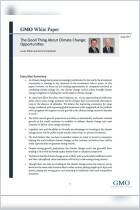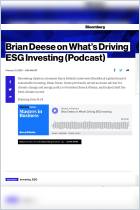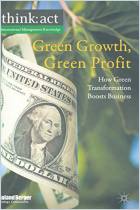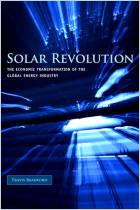Clean energy’s time has come. President Barack Obama’s administration is emphasizing this point and communities worldwide are confirming it. As a result, clean energy research has become one of today’s hottest topics, which makes Richard W. Asplund’s book especially timely. This comprehensive, scholarly guide teaches investors about the factors that drive the clean energy business. Asplund explains the critical variables of various clean energy resources and identifies major companies in each specialized area. getAbstract recommends this reference work to active, self-guided investors who are interested in exploring clean energy’s profit potential. They will appreciate Asplund’s valuable research, which includes detailed explanations of green technology innovations and other current industry data.
Investing in Clean Energy
The clean energy sector covers a range of alternative power sources and their related industries. Although many of these energy sources are promising replacements for carbon fuels, none stand out as the sole solution. Instead, current research indicates that a variety of these resources will have specific industry applications, such as in cars, in homes or in commercial contexts.
As an investor, you can get involved in the clean energy market in several ways, including “angel investing,” or early-stage, direct investing in companies, and venture capital investing. Or, you could buy mutual funds, exchange-traded funds (ETFs) or publicly traded stocks. Many large-cap U.S. stocks – those of the country’s largest companies with the highest market capitalizations – will do well in the clean energy sector. General Electric may be one of this market’s biggest success stories; its executives project that it will generate more than $20 billion in clean energy sales by 2010. Other large energy companies, such as Marathon Oil and Andersons, are pursuing opportunities in the clean energy field. Many small and emerging businesses also show great potential...






















Comment on this summary